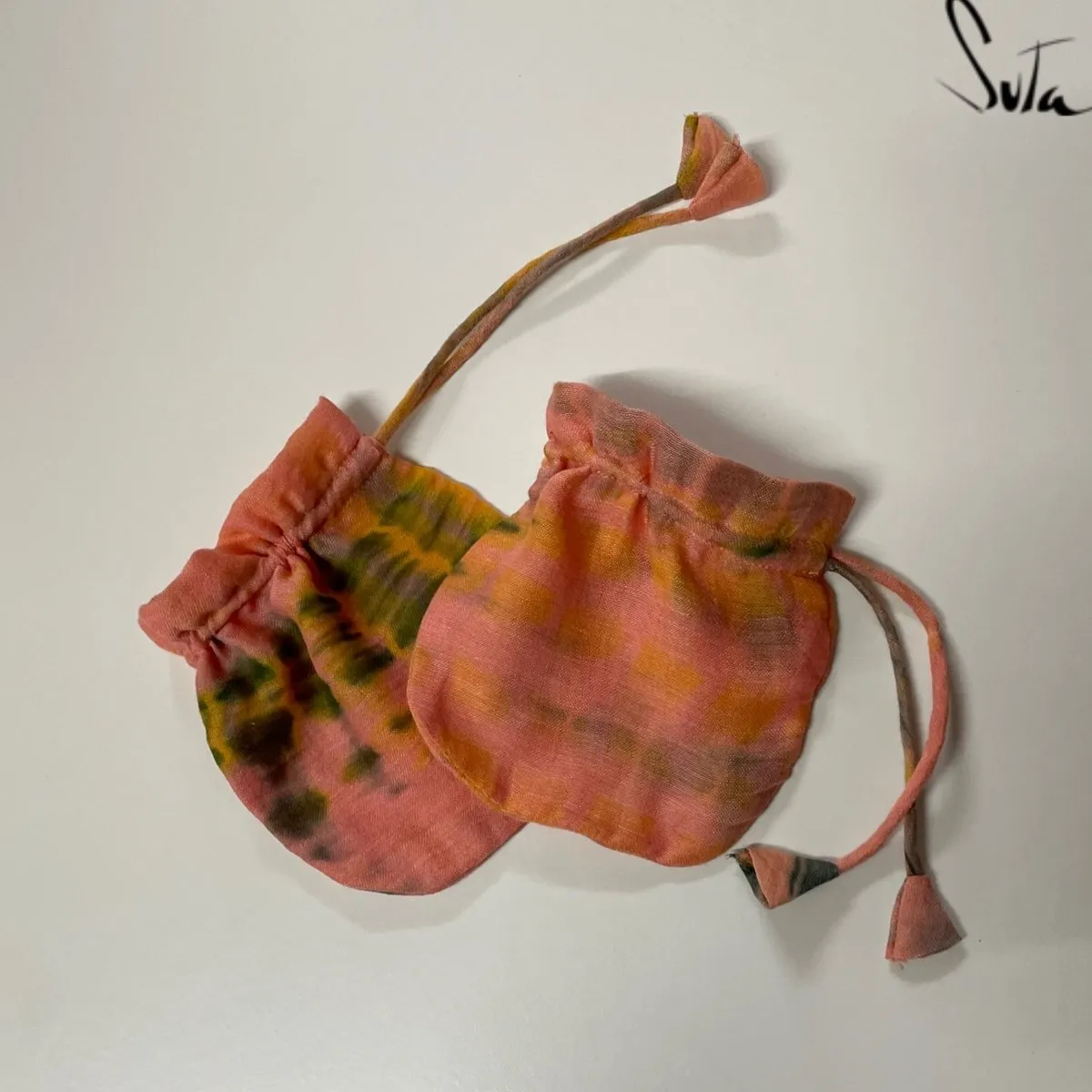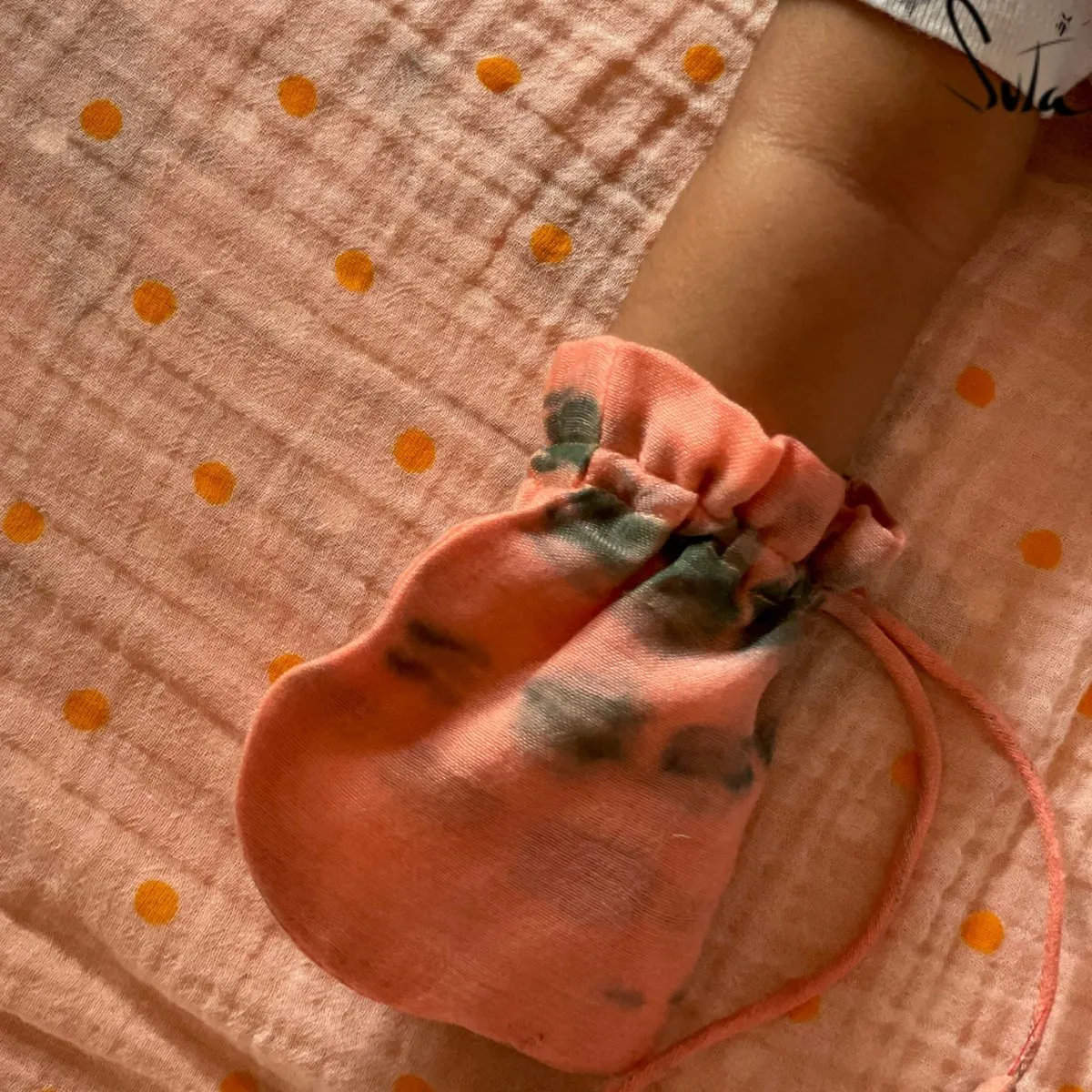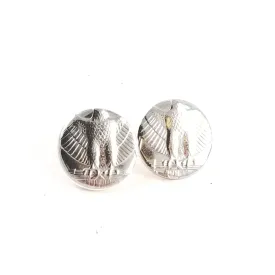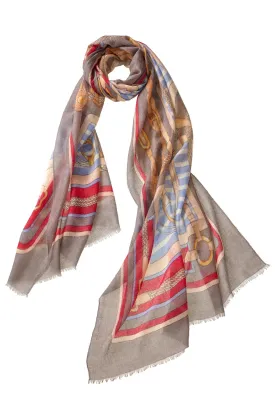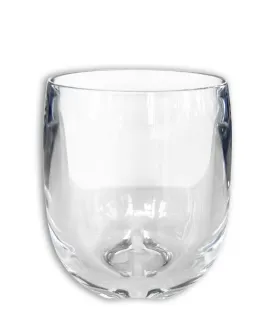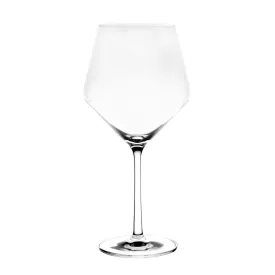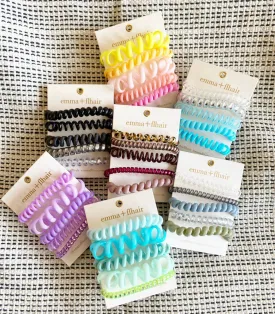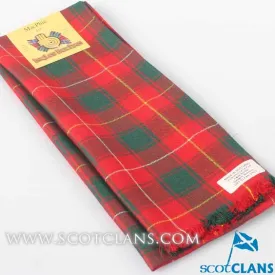Details
Length: 0.11 m (11.43 cm) ;
Width: 0.11 m (11.43 cm) ;
Type: Mittens
Fabric: Mul cotton
Wash care: Hand wash with care and love
Story
What a boring world it would be if all of us were born adults? The little humans add so much to our world, and change the deepest of our beliefs with just a sideway smile! For those adorable magicians, these mittens are a gift of love! Bring these peach and grey, tie and die, made-in-heaven mul mittens home to your cutie pie and celebrate the love in the air!
The mittens can be secured just right with the dori and this serves as a convenient replacement to clingy elastic.
Description
This mitten is made of the made-in-heaven mul that babies love.The mul cotton is what we call ‘made in heaven’ at Suta. Known in West Bengal as mul mul, the fabric is what can be categorised as muslin cotton. It is believed that this fine method of weaving cotton can be traced back to even before the Indus valley civilization. What makes this fabric special is the almost magical process of weaving it. Cotton fibres are separated and spun into strong threads. The lightest and the most delicate fibres are separated and are then spun into muslin thread. These are then woven into fabrics by skilled weavers. The history of muslin weaving is a beautiful chapter in the history of Indian textiles. The process of the yore was much more complex and involved many unique tools that look primitive but worked like magic. The upper jaw of a catfish was used to initially clean the cotton before spinning. To separate the lightest fibres, a Dhunkar (a bamboo bow) was used, which when strung in a distinctive way made the lighter fibres rise above the heavier ones. This process gave the title ‘woven air’ to the muslin fabric. Weavers famously wove on looms that were at ground level and operated the looms from pits dug in the ground. Even during the Mughal era, the muslin fabric was seen as a symbol of power for its finesse. History is full of anecdotes to prove the awe that the muslin fabric generated. Emperor Aurangazeb is said to have chided his daughter Zeb-un-Nisa for appearing naked in the court when in reality she had been wearing several layers of the muslin cloth! Such was the fabric’s delicateness. The almost invisible fabric had made an Arab traveller in the 10th-century remark that the degree of fineness is such that a garment can be drawn through a ring of a middling size. During the British colonisation and even during the Mughal rule, the art of weaving muslin took a hit as weavers were treated poorly and drought hit many of the weaving centres. As a result, today, the process of weaving has seen a lot of change. Nevertheless, the essence of it hasn’t changed and the charm of the fabric still remains.





